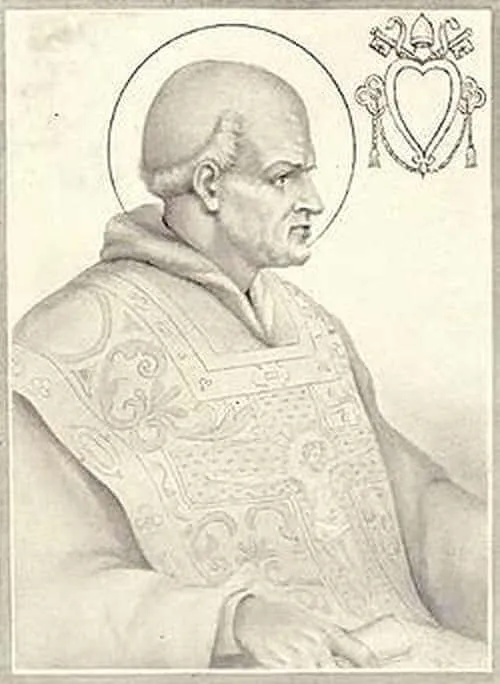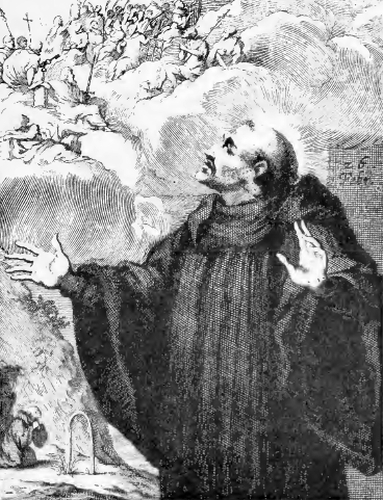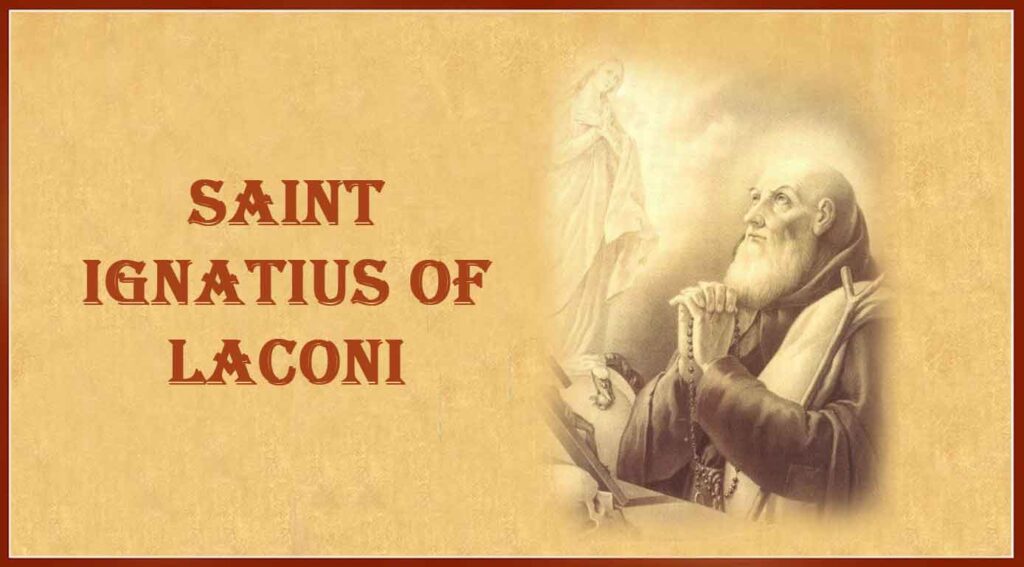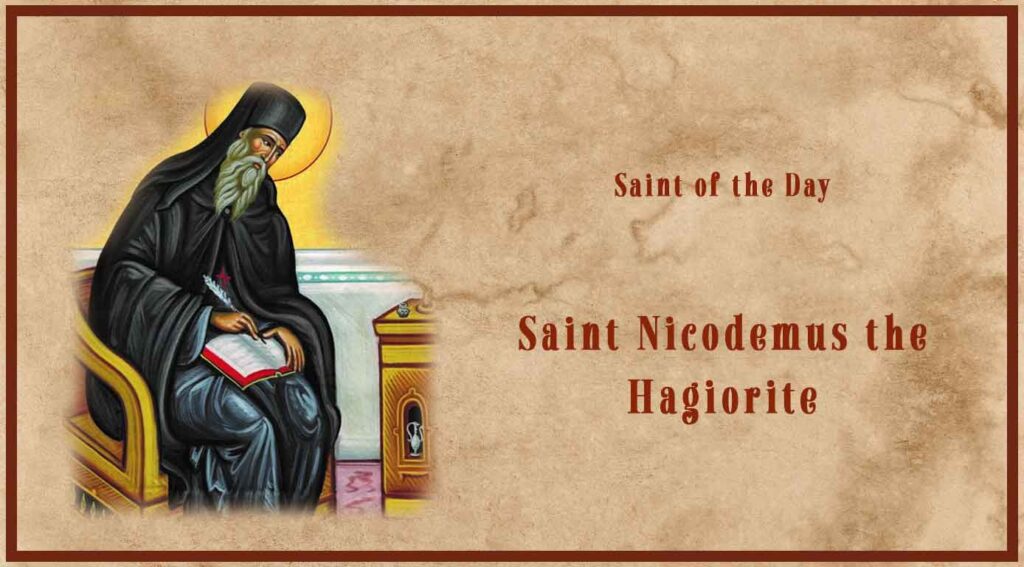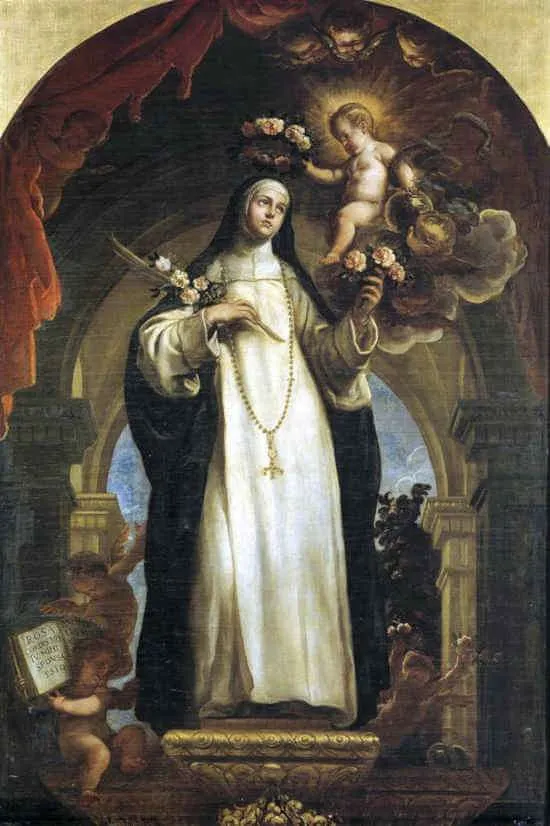c. Late Fifth Century–526; Invoked against temptations toward false unity and acceptance of heresy; Pre-Congregation canonization
In 451, the Council of Chalcedon taught that Jesus had both a human and divine nature, and those two natures were united in the one Person of Jesus Christ. This doctrine was established in response to the Arian heresy plaguing the Eastern Roman Empire, which taught that Jesus was created by the Father and, therefore, neither co-equal with Him nor divine. After Chalcedon countered this heresy, the Arian clergy and even the Byzantine emperor tried to move closer to acceptance, but many of them didn’t go all the way. Instead, many former Arians fell into other middle-of-the-road heresies that failed to fully accept the two natures of the Son of God. In 482, Byzantine Emperor Zeno issued a document called the Henotikon. This document attempted to find a middle ground between the official Church teaching on the nature of Christ as defined in the Council of Chalcedon, and the Arian view. Emperor Zeno’s successor, Basiliscus, continued in this error of faith.
In 518, Justin I succeeded Emperor Basiliscus as the Eastern Roman Emperor. Shortly afterward, he accepted the position of the pope and the Council of Chalcedon. In 523, Emperor Justin issued an edict mandating the acceptance of the Council of Chalcedon throughout the Eastern Empire, and demanding that all Arians turn their churches over to Catholics. At that time in the West, Rome was under the control of Theodoric the Great, the king of the Ostrogoths. Theodoric was an Arian, which gave rise to ongoing tensions between him and the pope, as well as all orthodox Catholics. Though Theodoric was mostly accommodating of Chalcedon Christians (including the pope), when the Eastern Roman Emperor Justin I issued his edict in 523 against the Arians, Theodoric was outraged. He threatened that if the edict were not rescinded, he would treat all Chalcedon Catholics in the West in the same way that Arians were being treated in the East, even promising bloodshed.
In that same year, a deacon in Rome, Archdeacon John, was elevated to the papacy, becoming Pope John. Shortly after that, the outraged King Theodoric forced Pope John to travel to Constantinople in an effort to convince Emperor Justin to rescind his edict. Pope John reluctantly went, accompanied by a number of bishops and Roman senators. When Pope John arrived in Constantinople, Emperor Justin warmly welcomed him and the two were clearly of the same mind. It is said that the emperor traveled twelve miles outside of the city gate to meet the pope and when they met, the emperor bowed to the ground in homage. On their way into the city, the pope is said to have cured a blind man. Regarding the matter at hand, Pope John might have encouraged the emperor to treat the Arians gently, but in no way did he carry out King Theodoric’s demand to convince the emperor to rescind his edict. Pope John was unwaveringly Catholic and fully accepted the teachings of the Council of Chalcedon.
When word reached King Theodoric that Pope John did not carry out his order, the king was outraged. First, he imprisoned and later executed one of Pope John’s closest friends, the philosopher Boëtius. Then, when Pope John returned to Italy, King Theodoric immediately had him, the other bishops, and senators arrested and jailed in Ravenna, not permitting Pope John to return to Rome. Since Pope John was already quite frail and in ill-health, he did not survive long in the dungeon. Though he was not directly executed by the king, the Church has nonetheless named Pope Saint John I as a martyr for the faith.
If Pope John would have compromised on the faith of the Church, the king would have been grateful and treated him well. But the pope had a duty to proclaim the one true faith, without regard for his own physical well-being. This is what Pope John did, and that is why he is now a saint in the courts of Heaven.
As we honor this holy martyr, consider any ways that you are tempted to compromise your own faith for the sake of “peace at all costs.” The secular world often tempts us to downplay our faith, especially our moral convictions, for the sake of a false unity. There are many objective evils today that are being promoted by the secular world as good: abortion, confusion about sexual identity, materialism, and atheistic socialism to name a few. Allow Pope Saint John I to inspire you so that you will have courage in the face of such temptations. Commit yourself to the truth so that you will be a purer instrument of the saving truths that will lead those most in need to eternal salvation.
Source: https://mycatholic.life/saints/saints-of-the-liturgical-year/may-18—saint-john-i-pope-and-martyr/


